In small Western farming communities, the blacksmith shop and the saddle shop were important institutions. The Sherman County Historical Society in Moro, Oregon, has displays on both of these institutions.
Blacksmith Shop
According to the display:
“The blacksmith’s ability to form something of steel was limited only by his experience, imagination and desire.
He used a forge with a blower, a high grade blacksmith coal, hammers and tongs of many shapes, an anvil with a variety of hardies with which to cut and shape metal, and a quenching vat of water. Heated to red hot in the forge, steel was cut by using the hardie, the small object inserted in the opening of the anvil, or cutting tools with handles.”
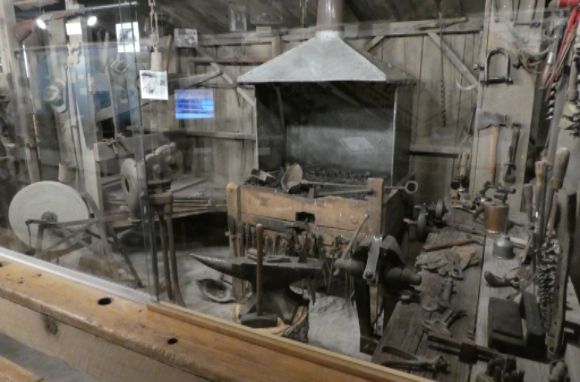
 The large bellows next to the forge allowed the smith to control and increase the heat of the forge.
The large bellows next to the forge allowed the smith to control and increase the heat of the forge.
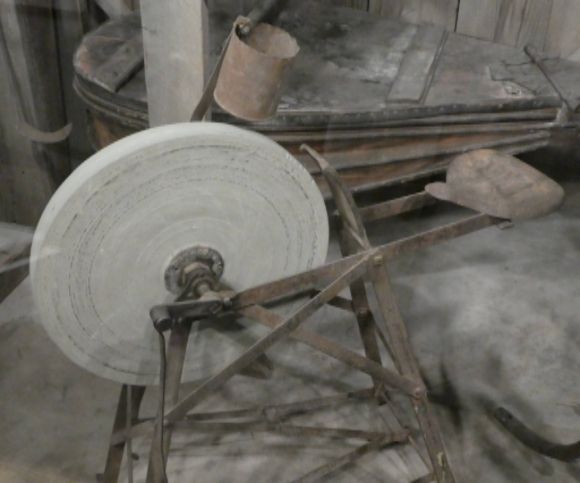 The grinding wheel is used to sharpen tools. The tin can is filled with water which drips onto the wheel.
The grinding wheel is used to sharpen tools. The tin can is filled with water which drips onto the wheel.
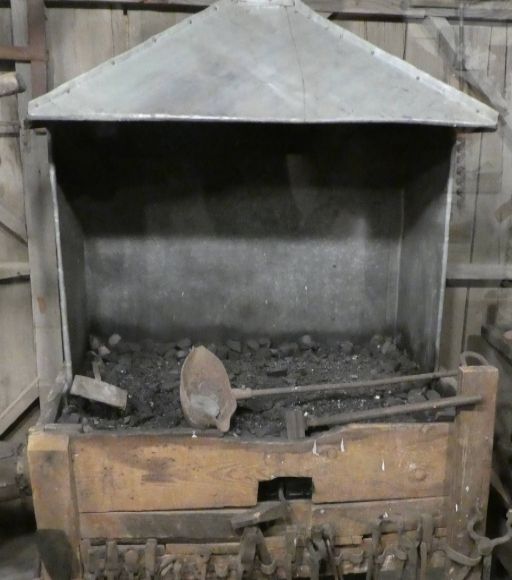 The forge is shown above.
The forge is shown above.
 Shown above is the anvil with hardie.
Shown above is the anvil with hardie.

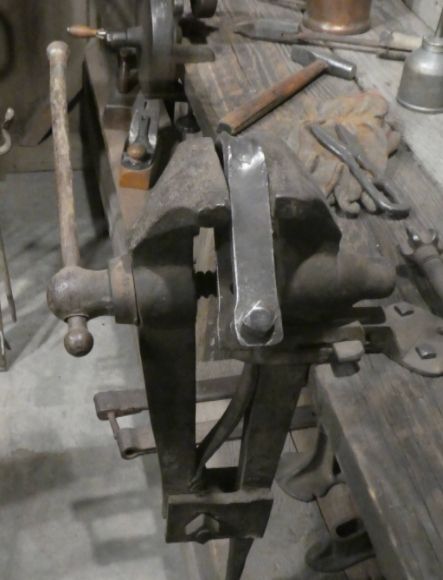
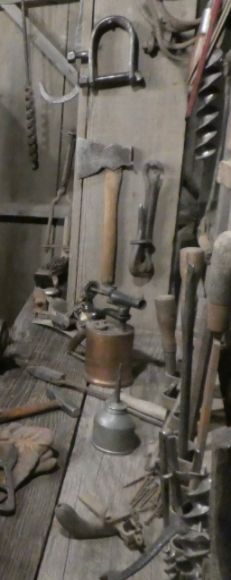
Saddles and More
One of the displays in the award-winning Sherman County Museum in Moro, Oregon, is of a saddle shop.
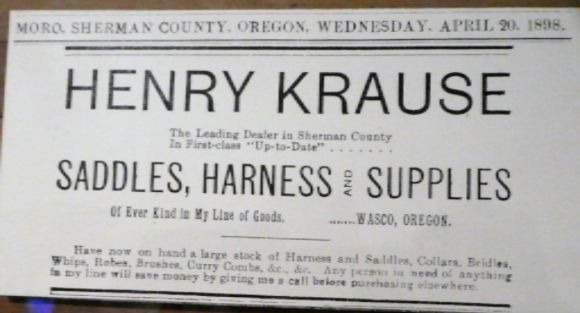
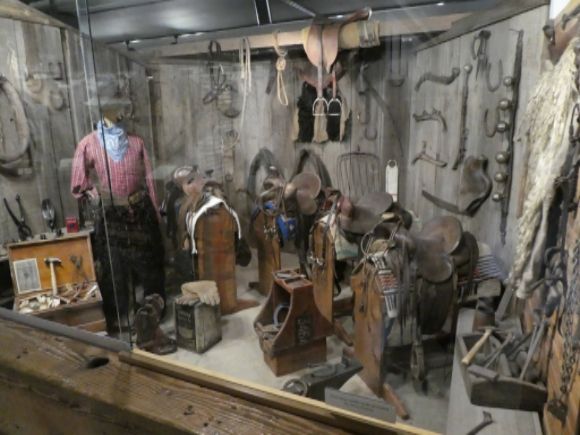

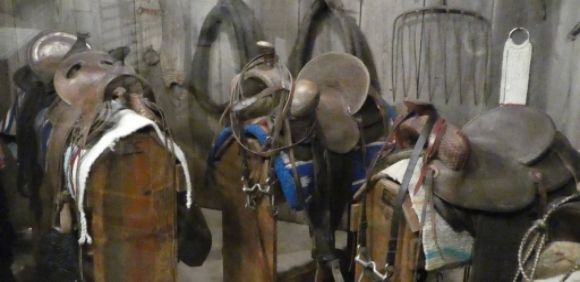
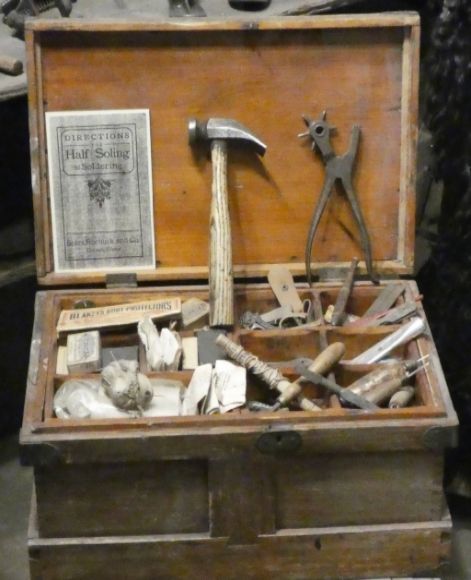
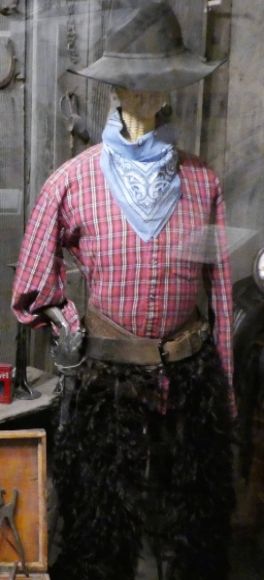 The well-dressed cowboy shown above is wearing wooly chaps from Hamley’s of Pendleton, Oregon which are attached to a thick tooled leather belt. The gloves, made from sheep fleece and tanned deer hide and lined with corduroy, are designed for warmth.
The well-dressed cowboy shown above is wearing wooly chaps from Hamley’s of Pendleton, Oregon which are attached to a thick tooled leather belt. The gloves, made from sheep fleece and tanned deer hide and lined with corduroy, are designed for warmth.
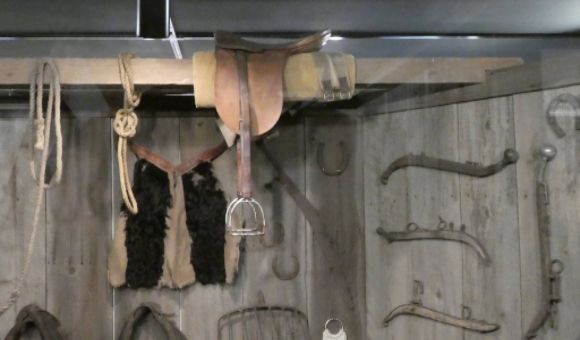
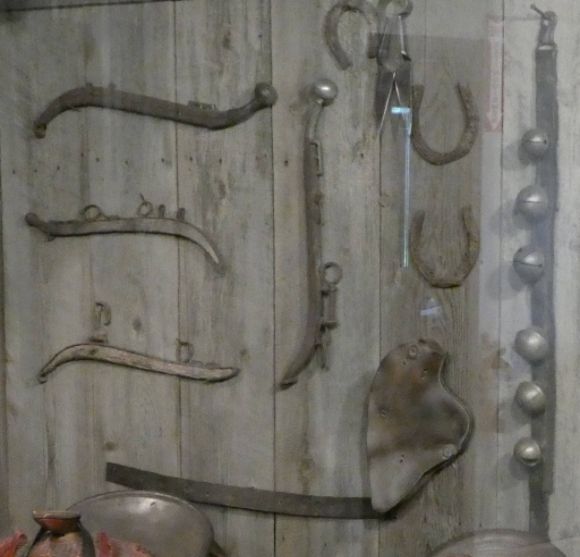
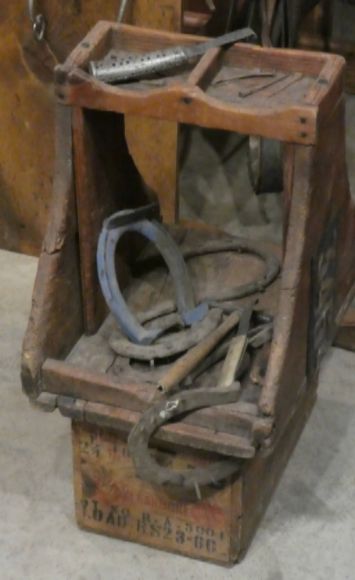
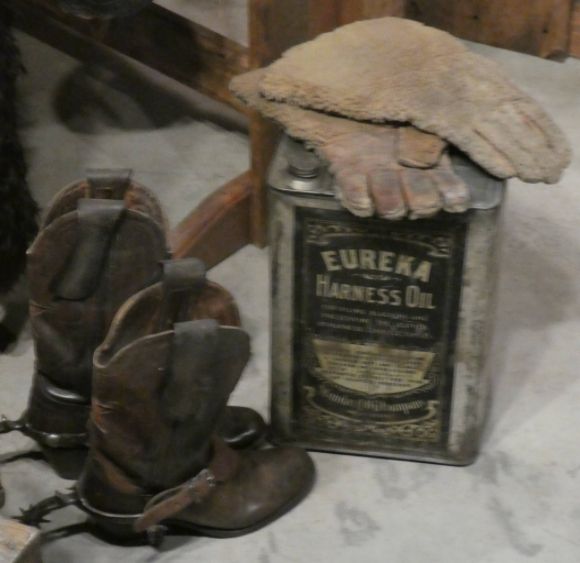

Museums 101
Museums allow us to vicariously experience the past. Museums 101 is a series of photo tours of different museum exhibits. More from this series:
Museums 101: The Fort Steele Blacksmith Shop (Photo Diary)
Museums 101: The Nevada City Blacksmith Shop (Photo Diary)
Museums 101: Saddles and Boots in Nevada City (Photo Diary)
Museums 101: The Western Room in the Fort Dalles Museum (Photo Diary)
Museums 101: Saddles and More (Photo Diary)
Museums 101: A Homesteader's Shack, a Blacksmith Shop, and a Paint Store (Photo Diary)
Museums 101: Buckaroos (Photo Diary)
Museums 101: Ranch and Sawmill (Photo Diary)


